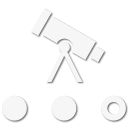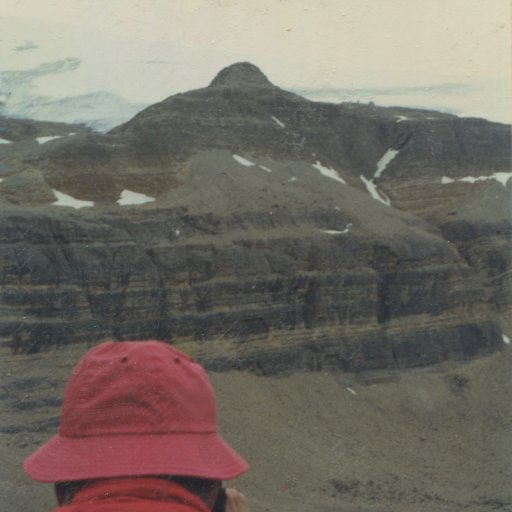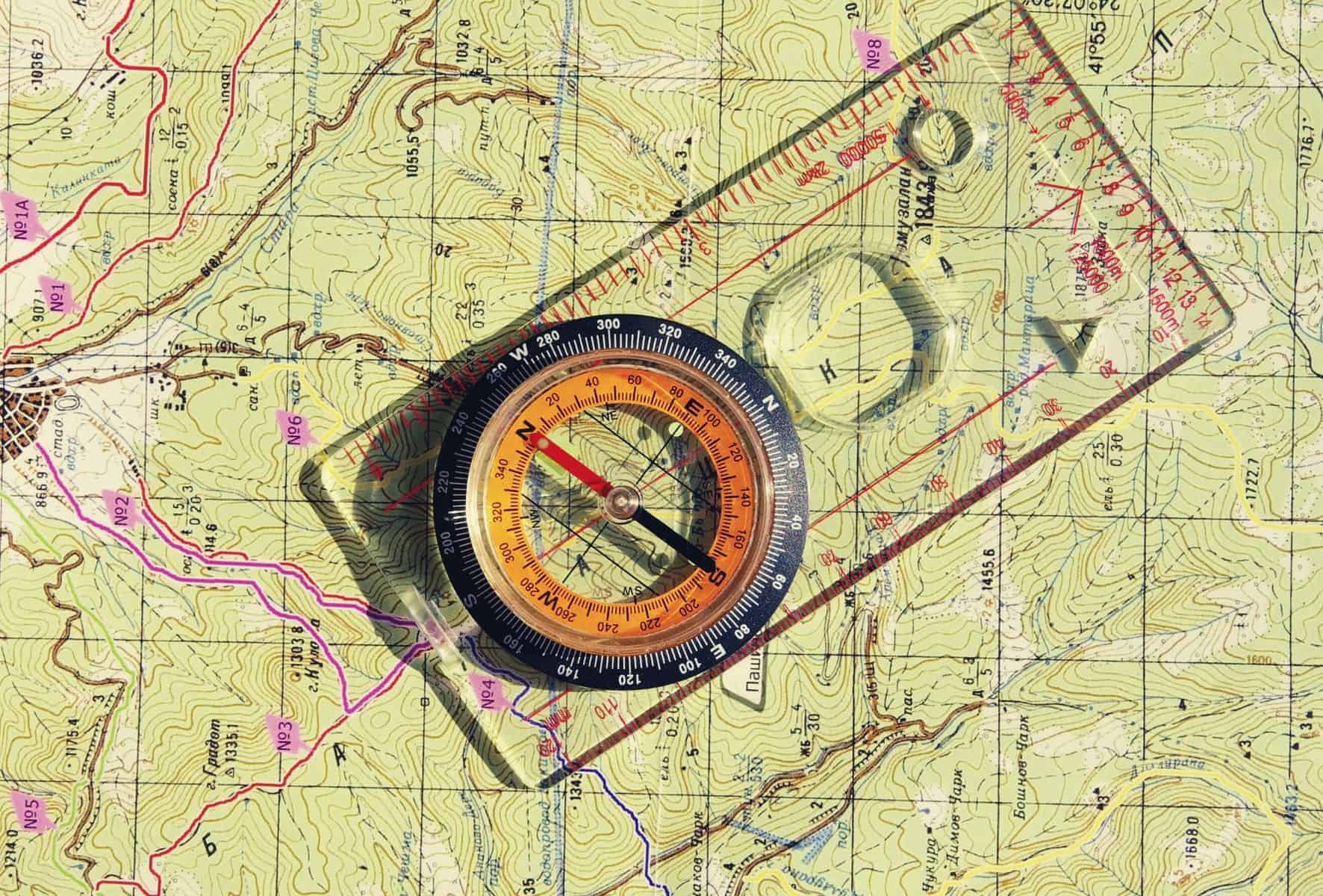Never used a compass, the sun and watch plus a map did it all.
Until....
Actually this is proof the sun and open yer eyes are best.
We were mountain climbing in Banff National Park along the continental divide and got off course, We were ready to cross a pass and drop into a new valley but stopped for lunch to enjoy the view. Eventually we saw our destination across the valley. Very distinctive, Bow Hut and 2 outhouses on the ridge. Had we dropped into the next valley ?? Well we backtracked and had a great story.
Back then, 1985? GPS was not an option. In our case a compass would not have made a difference, I learned in the 1970s compasses were pretty unreliable. A good paper map, even without elevation contours and an ability to read terrain are all you need. A watch tells you where the sun should be. Without contour lines, valleys are clearly marked by the creeks, mountain peaks are obviously the high points.
Here we are looking across the valley, the hut and 2 outhouses on the ridge.
Incredible I took that picture 35 years ago.
View attachment 200704










